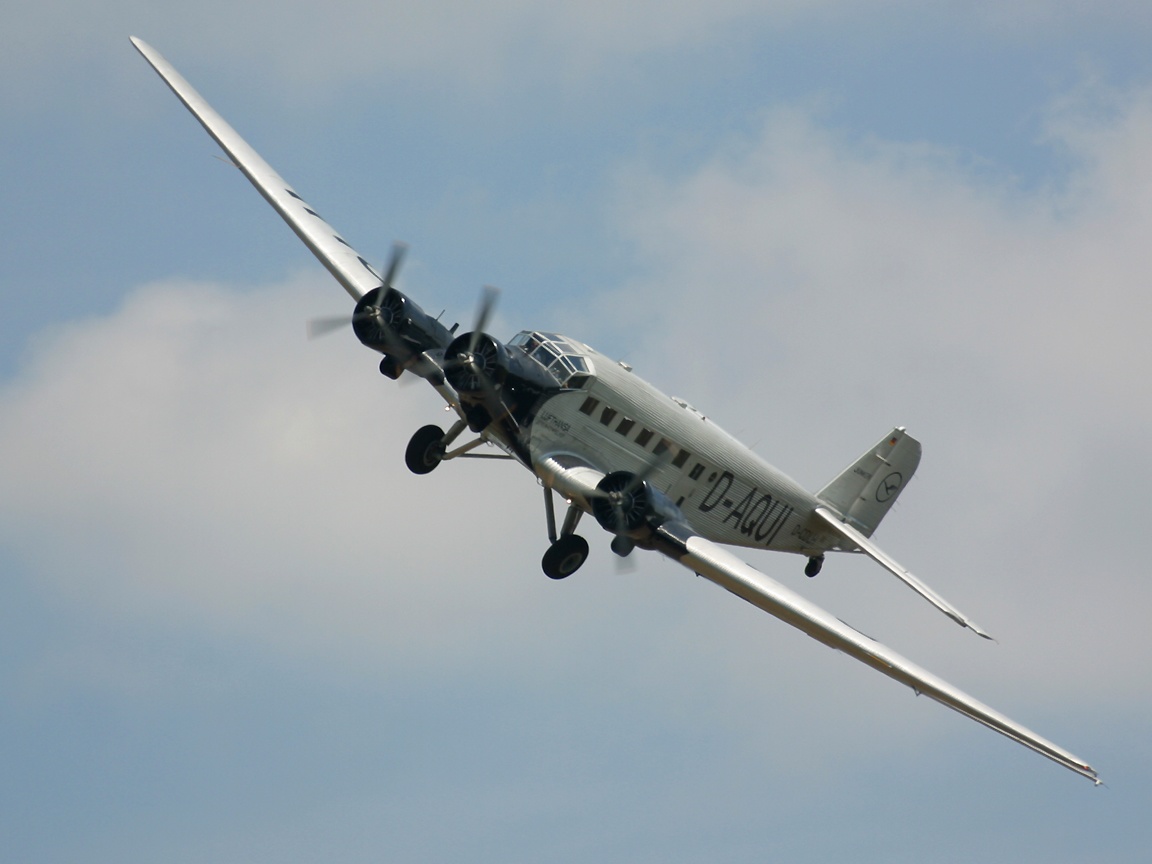|
Posted on 11/04/2004 11:01:46 PM PST by snippy_about_it
|
|
 are acknowledged, affirmed and commemorated.
|

| Our Mission: The FReeper Foxhole is dedicated to Veterans of our Nation's military forces and to others who are affected in their relationships with Veterans. In the FReeper Foxhole, Veterans or their family members should feel free to address their specific circumstances or whatever issues concern them in an atmosphere of peace, understanding, brotherhood and support. The FReeper Foxhole hopes to share with it's readers an open forum where we can learn about and discuss military history, military news and other topics of concern or interest to our readers be they Veteran's, Current Duty or anyone interested in what we have to offer. If the Foxhole makes someone appreciate, even a little, what others have sacrificed for us, then it has accomplished one of it's missions. We hope the Foxhole in some small way helps us to remember and honor those who came before us.
|







Today's Educational Sources:
www.wpafb.af.mil/museum/
www.centennialofflight.gov
The FReeper Foxhole Studies The Advent of the Metal Plane - June 13th, 2003







Flight of ten Martin B-10 Bombers enroute to Alaska from Bolling Field, Washington D.C., July 19, 1934.
Credit: U.S. Air Force photo.
You bet. Good night Sam.

Junkers A50 (1933)

Junkers F13
Oh goody an Aeroplane Thread on the Foxhole and I am at work Bump.
Just wait till I get home.
Regards
alfa6 ;>}

Good morning, Snippy and everyone at the Freeper Foxhole.

Read: Genesis 12:1-4
Get out of your country, from your family and from your father's house, to a land that I will show you. —Genesis 12:1
Bible In One Year: Jeremiah 34-36; Hebrews 2
Life is what happens to us while we are making other plans. Our lives are subject to detours and corrections that we never expected or imagined.
Abraham and Sarah could testify to that. They were planning for retirement when life "happened" to them. God adjusted their agenda. He told Abraham, "Get out of your country, from your family and from your father's house, to a land that I will show you" (Genesis 12:1). So this old couple packed up the tent and headed out to only God knew where.
When Alexander the Great had completed his conquest of Persia, he headed east. Author Halford Luccock said the general "marched off his maps."
That happened to Sarah and Abraham. God gave them marching orders without a map. They needed only enough faith to begin the journey, and they headed out to unknown territories and unimagined adventures. God never told them He would turn them "every which way but loose" before fulfilling His promise of a son who would become a great nation.
Make your plans. But write them on paper, not in concrete. God and life have a way of intruding and leading you on a journey that you might not have anticipated in your wildest dreams. —Haddon Robinson
Beautiful Aircraft!
Good Morning
On This Day In History
Birthdates which occurred on November 05:
1534 Joachim Camerarius German botanist/physician (horticulture catalog)
1818 Benjamin F Butler Union general/presidential candidate (anti-monopoly)
1849 Rui Barbosa Brazil, statesman/jurist/essayist/civil liberties
1855 Eugene V Debs labor organizer, Socialist presidential candidate
1885 Will Durant writer/historian (Story of Civilization)
1887 Paul Wittgenstein Vienna Austria, left hand specialist pianist
1891 Earle (Greasy) Neale NFL coach (Philadelphia Eagles)
1911 Roy Rogers Cincinnati Ohio, cowboy (Happy Trails, Roy Rogers Show)
1912 Natalie Schaeffer Rumson NJ, actress (Lovey Howell-Gilligan's Island)
1913 John McGiver NYC, actor (Patty Duke Show, Jimmy Stewart Show)
1913 Vivien Leigh (Gone With Wind) Frankly my dear, I don't give a damn
1915 Moe Biller NYC, labor union officer (AFL-CIO, Postal Workers)
1919 Myron Floren Webster San Diego CA, accordionist (Lawrence Welk Show)
1927 Robert Abernethy Geneva Switzerland, Newscaster (NBC News Encore)
1930 Herb Edelman Brooklyn NY, actor (Good Guys, Strike Force, 9 to 5)
1931 Ike Turner AKA Mr Tina Turner!, singer (A Fool in Love)
1932 Arthur L Liman NYC, trial lawyer (Oliver North)
1942 Art Garfunkel NYC, singer/actor (Sounds of Silence, Carnal Knowledge)
1942 Elke Sommer Berlin Germany, actress (Oscar, 10 Little Indians)
1943 Sam Shepard US, actor/playwright (Frances, Crimes of the Heart)
1946 Patricia K Kuhl speech & hearing scientist
1947 Oleg Antropov USSR, volleyball player (Olympic-gold-1968)
1947 Peter Noone rocker (Herman-Herman's Hermits-Silhouettes)
1952 Bill Walton NBA center (Portland Trail Blazers, Boston Celtics)
1957 Jon-Erik Hexum Tenafly NJ, actor (Voyager, Cover-up)
1959 Bryan Adams Vancouver BC Canada, singer (Heaven)
1963 Andrea McArdle Philadelphia PA, actress (Annie); "Sun Will Come Out Tommorrow"
1963 Tatum O'Neal Los Angeles CA, Mrs John MacEnroe (Paper Moon, Little Darlings)
1969 Jennifer Guthrie Willimantic CT, actress (Dawn-General Hospital)
1971 Corin "Corky" Nemec Little Rock AR, actor (Tucker, Parker Lewis)
Happy (belated) birthday!
You don't look a day over 93.
A birthday is just the first day of another 365-day journey around the sun. Enjoy the trip.

Edmund Schneider developed the design at his Grunau, Silesia, factory in 1931; it rapidly evolved through 2 and 2A versions in next 4 yrs. Standard scheme of learning to fly was to start with simple primary gliders, such as SG-38, using elastic bungee cords to launch student higher and farther as skill warranted. When soaring attempted, a safe, sturdy design such as Grunau used, and the student was launched from the top of a hill into the wind to try to use the deflected air to stay aloft. US counterpart was Franklin PS-2, a later simpler version of Eaglet. These designs considered utility gliders, and one would graduate to high performance ships such as Bowlus Albatross II. Hundreds of early versions built in factory and world-wide from plans. Mid-30s, German government sponsored redesign, and 2B with dive-brake type spoilers resulted. Thousands produced in factories and from plans by NSFK flying clubs. Plans circulated worldwide, and US designers, especially in CA, copied the wing--look at Bowlus Baby Albatross. Production continued during war, and 4104 examples built in Germany 1940-4. Were extensively used in invasion glider training, and one technique was to use angled landing light to help in night landings.

Ju-52
Morning alfa6, do you have some airplane pics to post? ;-)
Morning Aeronaut.
Morning E.G.C.
Have my first official frost of the season on the windshield.
AH! But that's what makes it so interesting.
Disclaimer: Opinions posted on Free Republic are those of the individual posters and do not necessarily represent the opinion of Free Republic or its management. All materials posted herein are protected by copyright law and the exemption for fair use of copyrighted works.